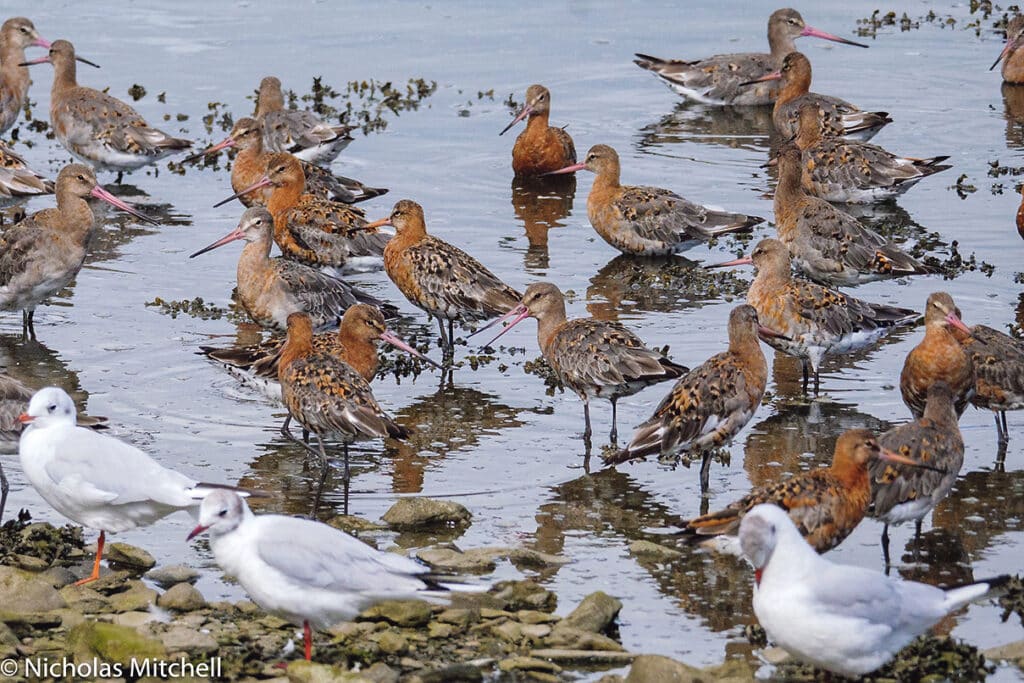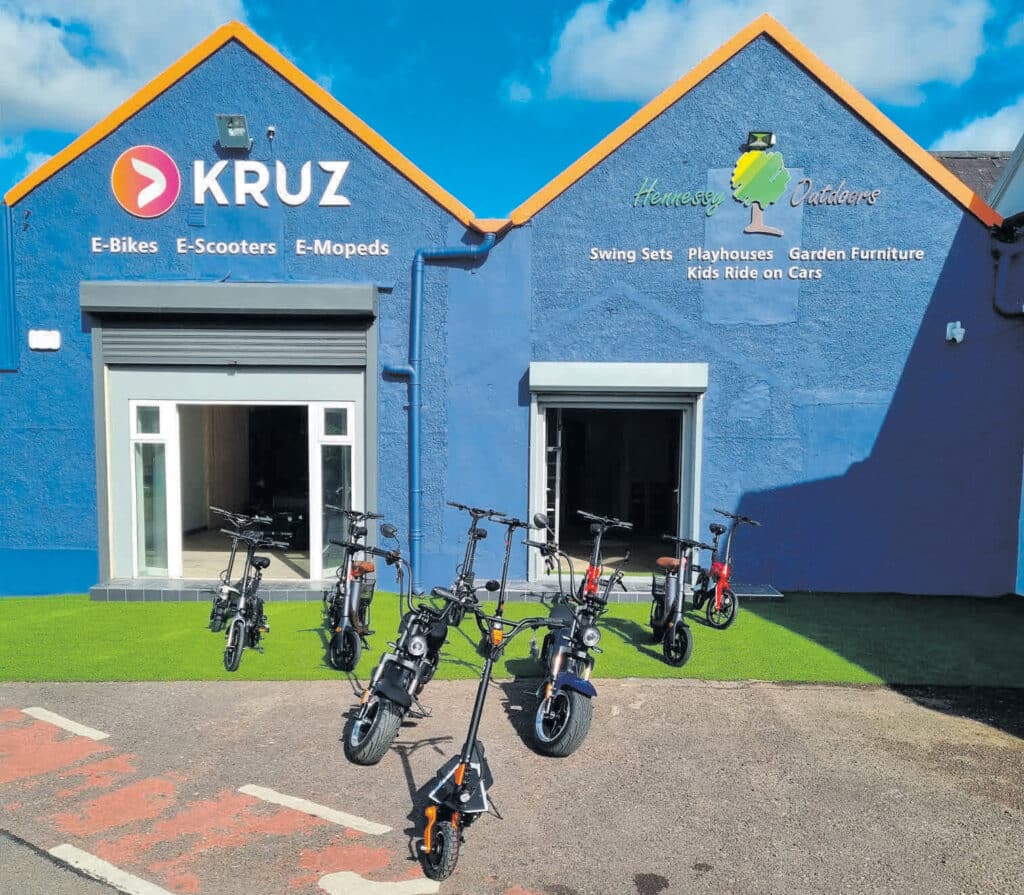
National Heritage Week is Ireland’s most popular cultural event, as Nicholas Mitchell and David Rees explain.
Each year, thousands of people plan National Heritage Week events in their towns or villages with many more thousands expected to participate. It is an opportunity to learn how we can protect our natural, built and cultural heritage and see how the work and commitment of local communities is conserving it, for us and for future generations. The themes this year are sustainability and biodiversity, focusing on Ireland’s sustainable heritage and the small changes we can make to preserve our natural environment for generations to come.
Co-ordinated by the Heritage Council, National Heritage Week is part of European Heritage Days, a joint initiative of the Council of Europe and the European Union in which more than fifty countries participate each year. The main aim of European Heritage Days is to promote awareness of our built, natural and cultural heritage and to promote Europe’s common cultural heritage. For a full listing of all National Heritage Week events around County Cork and around the country please go to www.heritageweek.ie or pick up a brochure from your local library and Tourist Office.
This year there are two themed days: Wild Child Day and Water Heritage Day. The West Cork Branch of BirdWatch Ireland is organising its own event to encompass both these themes on Saturday, August 20. We are inviting anyone interested in the natural heritage of West Cork to spend a few hours learning about the wild birds on Rosscarbery Estuary. Join us on the causeway opposite The Celtic Ross Hotel, Rosscarbery anytime between 2:30pm and 4:30pm. The aim of the event is to introduce you to the special groups of birds that use the estuary, how they use it, the journeys they take to get there and the importance of this ‘bit of mud’. Those of you living nearby any of the estuaries in West Cork will have noticed numbers of Lapwing, Black-tailed Godwit and Curlew feeding and resting, as they return from their northerly breeding grounds. Some of these will stay for the winter and others will only be stopping on passage to their winter grounds further south. The adult Godwits returning in their breeding plumage look especially fine with their russet and black plumage, suitable for camouflage up on the tundra. Over the coming weeks, they will moult into their more uniform drab winter plumage for their winter estuarine habitat. By August, more birds will have arrived and we will have an opportunity to study them more closely through ‘scopes and binoculars.
This event is free and is very suitable for families and children, but anyone interested in the wild life of the estuary is welcome. Bring binoculars if you have them but the Branch has some available to borrow on the day and there will be spotting ‘scopes on hand for an even closer look at the birds, Contact Nicholas Mitchell 087 121 5256 or treasurer@birdwatchirelandwestcork.ie for further information.
In the meantime, have you ever wondered when Corncrakes last breed in County Cork, or when was the first Little Egret recorded in the County? Well now there is a book that can answer all your questions about birds in County Cork. Simply called ‘The Birds of County Cork’, this new publication is the culmination of years of work by three men, Pat Smiddy, Mark Shorten and Russ Heselden, all well-known and highly respected figures in Cork birdwatching circles. Indeed Mark first started work on producing a history of the birds of Cork back in 1984.
The book is painstakingly researched with the authors digging through publications that mention Cork birds to provide a history that dates from the 1700s to present day, including details of the species we have lost and the species we have gained. The book includes sections on Cork’s geographical location, its soils and some of the key locations for birds in the County. This gives background on the occurrence and distribution of the birds that have been recorded in Cork. It also gives a summary of the history of birdwatching and birdwatchers that have recorded birds in Cork. This is all accompanied by some wonderful illustrations form Russ Heselden.
So, now we know that Corncrakes were common in the 1700s and 1800s, with a decline starting in the 1900s. In the 1930s birds were recorded from fields and waste ground around Cork city. National surveys only found six birds in the 1980s, none in the survey of 1993 and it seems that it stopped breeding regularly in the 1980s. Nowadays there are sporadic records, mostly in the autumn, of birds moving through on migration.
For Little Egret, the first Cork record was from Skibbereen in 1940, and the first breeding record coming from Ballymacoda in 1998. Since then the species has expanded rapidly with numerous breeding colonies and it is a common site on our coastlines and rivers.
The ‘Birds of County Cork’ is a valuable reference book but also will be of great benefit to anyone who has an interest in birds in County Cork. It is available in bookshops or direct from Cork University Press.
Branch News
Upcoming outings being held by the Branch are:
Sunday, August 20 – National Heritage Week family event (details above)
Sunday, September 11 – Cape Clear Island. Meet at the Bird Observatory at 11:45am.
To receive news about our events join our mailing list by sending an email to mailinglist@birdwatchirelandwestcork.ie. For more information about the Branch, contact Fiona O’Neill at secretary@birdwatchirelandwestcork.ie.


